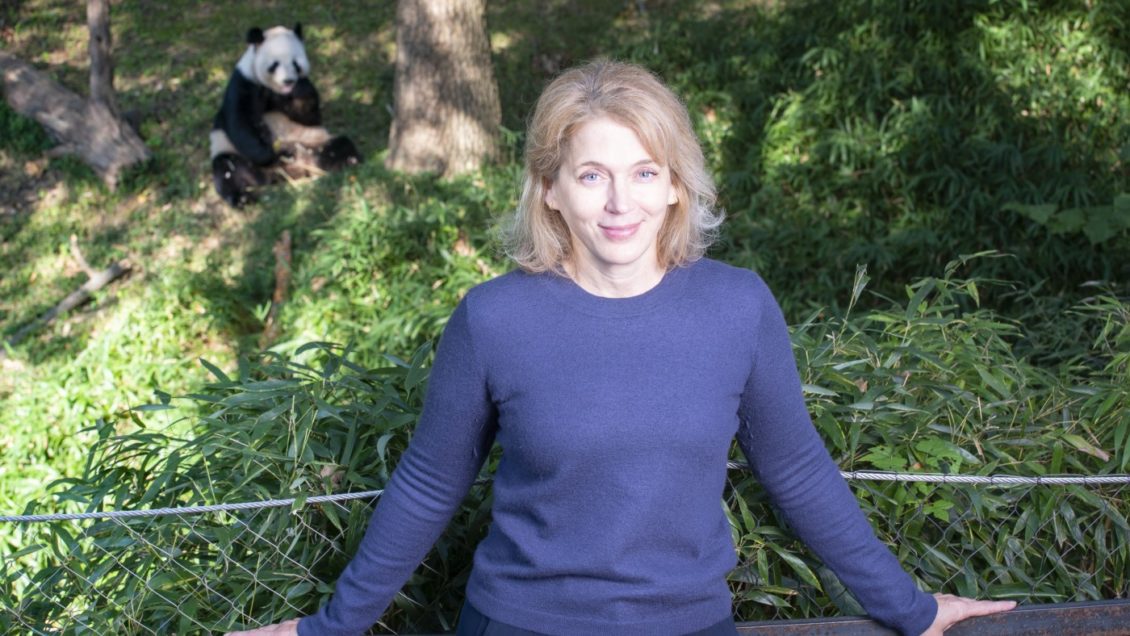Brandie Smith, who earned her M.S. degree in zoology at Clemson University, has been named the John and Adrienne Mars Director of the Smithsonian’s National Zoo and Conservation Biology Institute, effective Nov. 9. Smith previously served as acting director of the Zoo beginning May 2021.
As director, Smith oversees the 163-acre Zoo facility in Washington, D.C.’s Rock Creek Park and the 3,200-acre Smithsonian Conservation Biology Institute (SCBI) campus in Front Royal, Virginia. She is responsible for the operations of the public Zoo in Washington, which has approximately 1.8 million visitors a year, and manages the Zoo’s groundbreaking conservation biology research team that works in more than 30 countries. Smith also oversees educational programs, ticketed events and other public services and programs.
The Zoo has approximately 350 full-time staff positions, including keepers, curators, scientists, guest services and administrative staff and a combined federal and non-federal budget of $55 million.
“At the Smithsonian, we have seen Brandie’s expertise, talent and leadership in action for years, including during the past several months as acting director of the National Zoo and SCBI,” said Lonnie Bunch, Secretary of the Smithsonian. “The exceptional work done there is vital to species conservation, animal care and education, and I am elated to have Brandie at the helm to help the Smithsonian secure our institutional and global shared future.”
“I’m honored to continue working alongside such talented colleagues whose expertise drives innovations in animal care and sustains biodiversity,” Smith said. “Their work inspires future generations of conservationists.”
Smith joined the staff of the Smithsonian’s National Zoo and Conservation Biology Institute in 2008. She helped revitalize the giant panda program by integrating excellence in animal husbandry with the latest technology in reproductive biology. Her efforts to merge these two disciplines have contributed to the birth of three surviving cubs, Bao Bao in 2013, Bei Bei in 2015 and Xiao Qi Ji in 2020.

